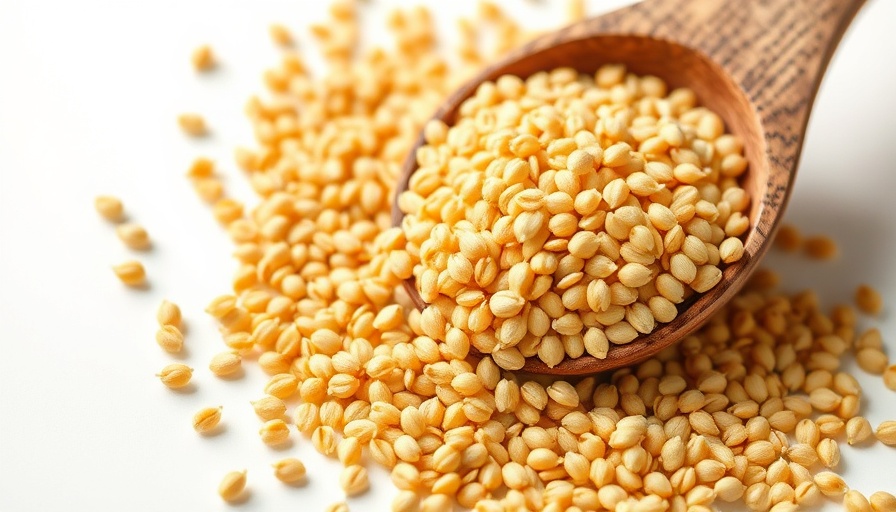
What Are Millets and Why Should You Care?
Millet isn’t just one specific grain; it’s a collective name for various grains that many of us might not even recognize. From the widely known pearl millet to less familiar varieties like proso, foxtail, and finger millet, this ancient grain holds a treasure trove of nutritional benefits. With a history dating back over 10,000 years, millets are the underdogs of the grain family, largely overlooked despite their impressive health contributions.
A Nutritional Powerhouse: Grains Revisited
One of the primary reasons to embrace millets is their exceptional nutritional profile. Millets such as Kodo and finger millet are particularly noteworthy, boasting fiber content that outpaces many other grains. For example, Kodo millet shines as a dietary fiber champion. But what truly sets these grains apart is their antioxidant levels, polyphenols, and minerals. Finger millet, for instance, is celebrated for having significantly higher calcium content than many other sources, including milk! This makes it a fantastic alternative for those seeking plant-based calcium sources.
Potential Health Benefits of Millets: More Than Meets the Eye
The health benefits attributed to millets are compelling, yet they require a closer look. While some studies suggest that millets like Kodo and proso may inhibit cancer cell growth in laboratory settings, translating these findings to real-world applications is crucial. Epidemiological studies have shown correlations between millet consumption and lower rates of certain cancers, such as esophageal cancer. However, whether these grains alone are responsible for such outcomes remains debatable.
Millets and Heart Health: What the Research Says
The potential role of millets in cardiovascular health is illuminating. Some research indicates that millet consumption may aid in lowering plasma triglycerides, a key factor in heart health. However, it’s important to note that definitively linking these results to millets alone is a complex endeavor, and more comprehensive clinical studies are needed to solidify their heart-healthy reputation.
Filling the Nutritional Gap for Families
For parents and caregivers, incorporating millets into family meals can be an exciting gateway to introducing nutrient-dense foods. Millets can be cooked in various ways— from porridge to pilafs— making them a versatile ingredient in your kitchen. Their inherent flavor often complements other ingredients seamlessly, so diners may not even notice they’re indulging in something as healthful as millet.
Overcoming Misconceptions: Making Millets Mainstream
Despite their benefits, millets have remained largely under-consumed in many parts of the world. This can be attributed to a lack of awareness and perhaps an underestimation of their versatility. As our communities become more health-conscious, this is a wonderful opportunity to educate others and revive this ancient grain as a staple food.
How to Incorporate Millets into Your Diet
Adding millets to your meals can be a breeze. Start by substituting other grains with millets in familiar recipes. For example, use millet instead of rice in stir-fried dishes or blend it into smoothies for added texture and nutrients. The aim is to experiment, find your favorite dishes, and present millets as a flavorful and healthy option!
In a world teeming with diet fads and health trends, millets stand out as an underappreciated, nutritious grain that deserves a spotlight. While further research is warranted to uncover their full health potential, there’s no denying that adding millets into your diet can enhance your nutritional intake. So why not give this ancient grain a try?
Ready to explore the world of millets? Try adding them to your next meal and discover the many delicious ways these grains can enrich your diet!
#Millets, #AncientGrains, #Nutrition, #HealthBenefits, #Fiber, #Antioxidants, #Calcium, #HeartHealth, #Diet, #VersatileFood
 Add Row
Add Row  Add
Add 




Write A Comment